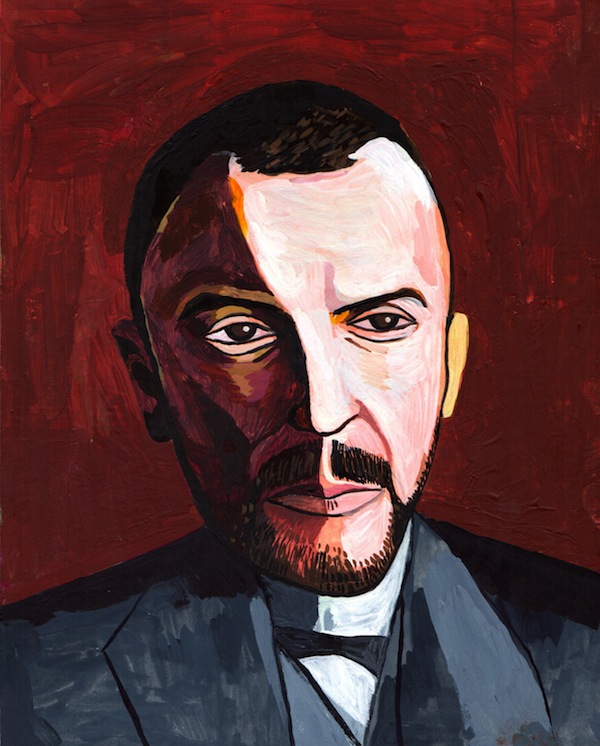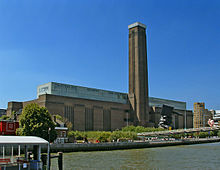

Klee at the Tate Modern*
by Caroline Jenner
The Tate is an institution that comprises four art galleries, two in London, one in Liverpool, and one in St Ives, Cornwall. The original gallery, located at Millbank on the north bank of the Thames near Vauxhall Bridge has, since the opening of the Tate Modern on the south side of the Thames, been renamed Tate Britain. Tate is a wonderful institution that, in common with so many of our major British museums and art galleries is - as far as its permanent exhibition is concerned - free of charge to the general public. It is funded by the Department for Culture, Media and Sport (DCMS) and is an exempt Charity, maintained by sponsorship, donations, and legacies. One has only to travel to other countries, where entrance fees are the norm, to appreciate how great a boon this is.
I have been a member of the Tate for many years and consider the annual membership fee to be a great benefit rather than an indulgence. The membership permits me to visit all special exhibitions without paying, to be accompanied by a (non-paying) guest, and to use the Members' Lounges at the galleries. In February 2014 it was my pleasure to visit the Paul Klee exhibition at the Tate Modern and have my father accompany me as my guest.

The Tate Modern
I have known and liked the many Paul Klee pictures I have seen over the years, but had not appreciated until visiting this exhibition just how diverse and inventive he was, nor how closely his works were influenced by the tremendous events that took place in Europe during his lifetime (1879-1940).
His several artistic periods encompassed expressionism, cubism, surrealism and included an interest in orientalism. The Tate exhibition covered his career chronologically, tracing his life, his links to other artists, and some of the momentous historical events that affected him. Because Klee produced very few large canvasses, preferring to work on a small scale, it was a very extensive exhibition and comprised seventeen rooms.
He was born in Bern, Switzerland, but moved to Munich where, shortly before the First World War he became a member of Der Blaue Reiter, the expressionist group founded by Wassily Kandinsky and Franz Marc. The former was to remain a lifelong friend and influence; the latter, alas, was killed in 1916 at the Battle of Verdun.
Klee was deeply into his theory of colour and many of the exhibits reflected this and were excellently accompanied by useful explanatory notes. Indeed the notes throughout the exhibition were a marvellous aid to understanding his development through the various styles and stages of his career and to help one to appreciate how the social and political influences on his life were reflected in those changes of style and the subjects of his work.
One of the examples of a colour study (click to enlarge)
The major chronological influences were first his move from Switzerland to Germany and his exposure to the expressionist group Der Blaue Reiter, then his military service during the war of 1914-18 (although he was very soon given a "protected" position behind the lines). Subsequently he, along with the majority of Germans and people of many lands, had to endure the devastating economic conditions of the 1920s as well as the political extremism that accompanied them, followed by the advent of Nazi-ism when, although not Jewish, he was denounced by the Nazis (as much as a consequence of his "degenerate" art as his religion) and in 1933 he and his family returned to Switzerland. Throughout these years his art reflected all these changes in his life and environment and was further exacerbated by a debilitating and incurable disease that affected his ability to work. It finally killed him in 1940. The reproduction of Death and Fire below was one of the last pictures he painted and, within the skull that is at the centre of the picture, can be seen the letters TOD - the German word for "dead".